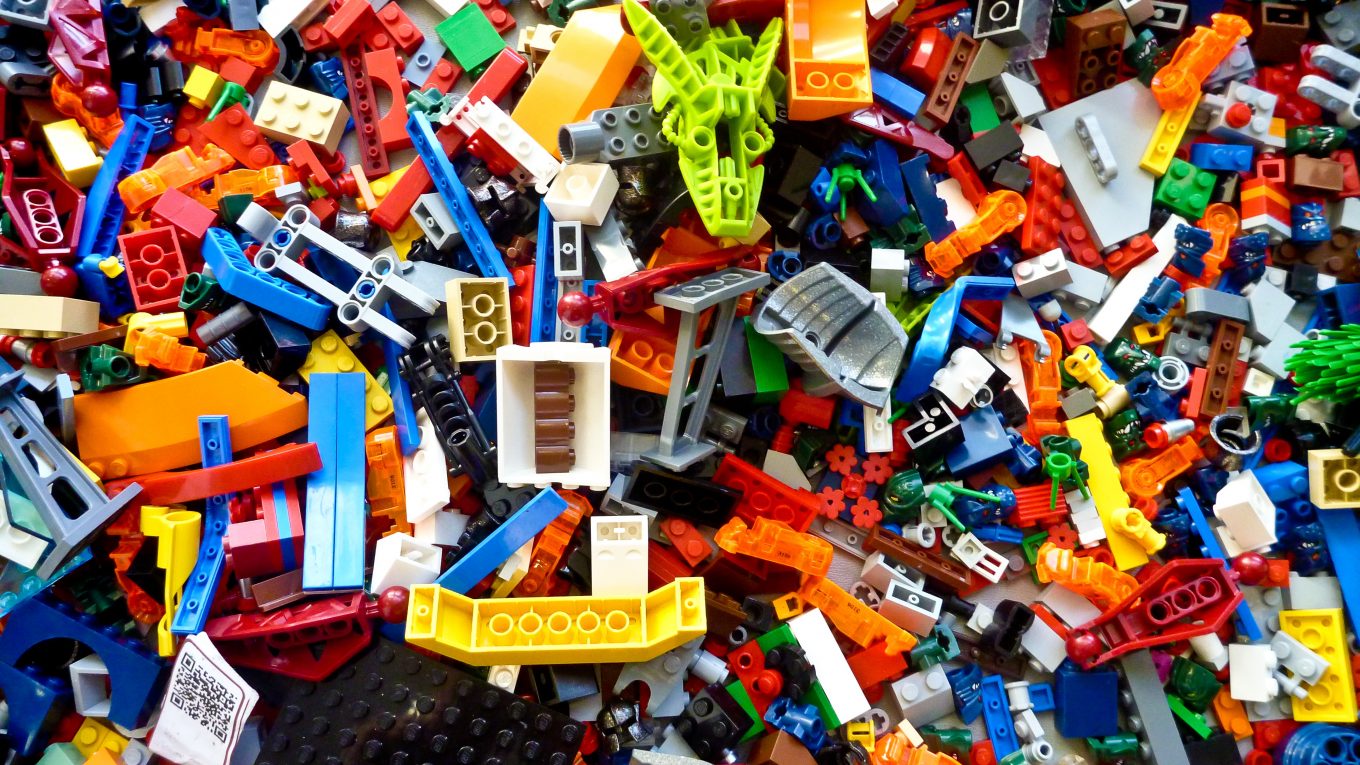Artifacts as evidence: Research Journal entry Dec 14, 2021.
As part of the research I am conducting, I am asking participants to create a digital artifact that models or showcases their media and digital literacies as an open educator. Now that I’m thinking deeply about this, what am I hoping to achieve by asking my participants to create this rendering of their thoughts and ideas? I’m going back to reread the couple of articles.
- Burnett, C., Merchant, G., Pahl, K., & Rowsell, J. (2014). The (im)materiality of literacy: The significance of subjectivity to new literacies research. Discourse: Studies in the Cultural Politics of Education, 35(1), 90–103. https://doi.org/http://dx.doi.org/10.1080/01596306.2012.739469
- Pahl, K., & Rowsell, J. (2011). Artifactual critical literacy: A new perspective for literacy education. Berkeley Review of Education, 2(2), 121–151. http://escholarship.org/uc/ucbgse_bre
First, this quote strikes me
“Complementing existing sociocultural perspectives on literacy, the article draws attention to the significance of relationships between space, mediation, materiality and embodiment to literacy practices. This in turn emphasises the importance of the subjective in understanding how different locations, experiences and so forth inflect literacy practice.”
Burnett et al., 2014, p. 91
By collecting tweets, curating items of digital material, and reflecting on these as evidence of media and digital literacies, am I able to glean the lived experiences of the media and digital skills, fluencies, competencies and literacies of my participants? How are these lived experiences going to reflect the person rather than the locations in which they practice, or can these be separated? Should I be asking participants to share more about their contexts in order to better understand their lived experiences with MDL, or will this emerge from the conversations. I’ll add this to the notes for consideration on my interview protocol and endeavor to include this prompt as needed.
“Defining the context in which literacy is situated can imply a certain boundedness. Individuals’ lived literacy practices, however, often span different domains or evoke a variety of contexts that intersect in multiple ways.”
Burnett et al., 2014, p. 91
While my focus in the interviews and with the digital artifacts I’m asking them to make are strategically situated in their open educational practices as teacher educators, will there be evidence of the spanning of MDL into other domains or contexts? As I examine the digital connections will I discover the threads of influence from the participants’ ‘living literacies’ (Pahl et al., 2020).
Burnett et al., (2014) present four propositions that are worthy of consideration as I delve into the interviews and artifacts with my participants.
- Proposition 1: relationships between the material and immaterial are relevant to how literacy is spatialised.
- Proposition 2: screen-based texts media reality in ways that prompt shifting relationships between the material and immaterial.
- Proposition 3: Literacies are materialized in things.
- Proposition 4: Meaning making is embodied.
Burnett at al., (2014) then propose something for my consideration as I research in a time of a global pandemic, with the rise of yet another wave of illness and death resulting from the Omicron variant of COVID-19.
“Kwa’s version of the baroque encourages us to ‘look down’ at the detail rather than to ‘look up’ for some broader picture (Law, 2004). In practice that may well mean seeing the ways in which the broader patterning of practices such as the global flows of information, shifting power relations and so on are inscribed or become manifest in specific situations.”
Burnett et al., 2014, p. 101
How will the current global and national events that are shifting the realities of everyone, but especially the lived experiences of teacher educators in faculties of education, impact the results of this research? I can’t assume that these current events won’t shape and shift the lived experiences with MDL of those teacher educators as they position themselves in the open educational contexts in which they teach or research.
Similarly, Pahl and Rowsell (2011) position artifacts in the center of meaning making and literacy.
“Literacy itself can be found within everyday storytelling and educators can harness that storytelling to support literacy development. Everyday objects, which we call artifacts, can be critical in supporting this process and creating a space for storytelling. Thus, with a focus on multimodality (the study of communication in many forms), semiotics (the study of signs in society), and everyday material cultural studies (the study of material culture), the idea of critical literacy can be extended to incorporate these new directions.”
Pahl & Rowsell, 2011, p. 3
Pahl and Rowsell (2011) explore how artifacts provide meaning to individuals and communities and that the “concept of “decolonizing community contexts” (Lavia & Moore, 2010) through informed research for social justice is one we consider important for a research methodology that draws on artifactual critical literacies. This kind of methodology would necessarily focus on stories, as entwined with artifacts, as a way of opening up listening opportunities within communities.” (p. 8).
In this way, I can see how the stories of lived experiences will bring meaning to the artifacts that participants will create, but that these stories may not be revealed to their fullest without a written or recorded reflection of why the artifact is representative of their lived experiences of MDL. I’ll review the documentation to see if there may need to be a slight adjustment to the directions for this activity to include such a reflection so I will better understand or ‘see’ the meanings attached to the artifacts.
References
Kell, C. (2006). Crossing the margins: Literacy, semiotics and the recontextualisation of meanings. In K. Pahl & J. Rowsell (Eds.), Travel notes from the new literacy studies: Instances of practice (pp. 147172). Clevedon: Multilingual Matters Ltd.
Pahl, J., Rowsell, J., Collier, D., Pool, S., Rasool, Z., & Trzecak, T. (2020). Living literacies: Literacy for social change. MIT Press.
